Vision Differential Inspection
Redefining Precision in Smart Manufacturing Histom® Vision Differential Inspection (VDI) represents a paradigm shift in automated quality control, leveraging sophisticated machine vision technologies to deliver unparalleled accuracy and efficiency.
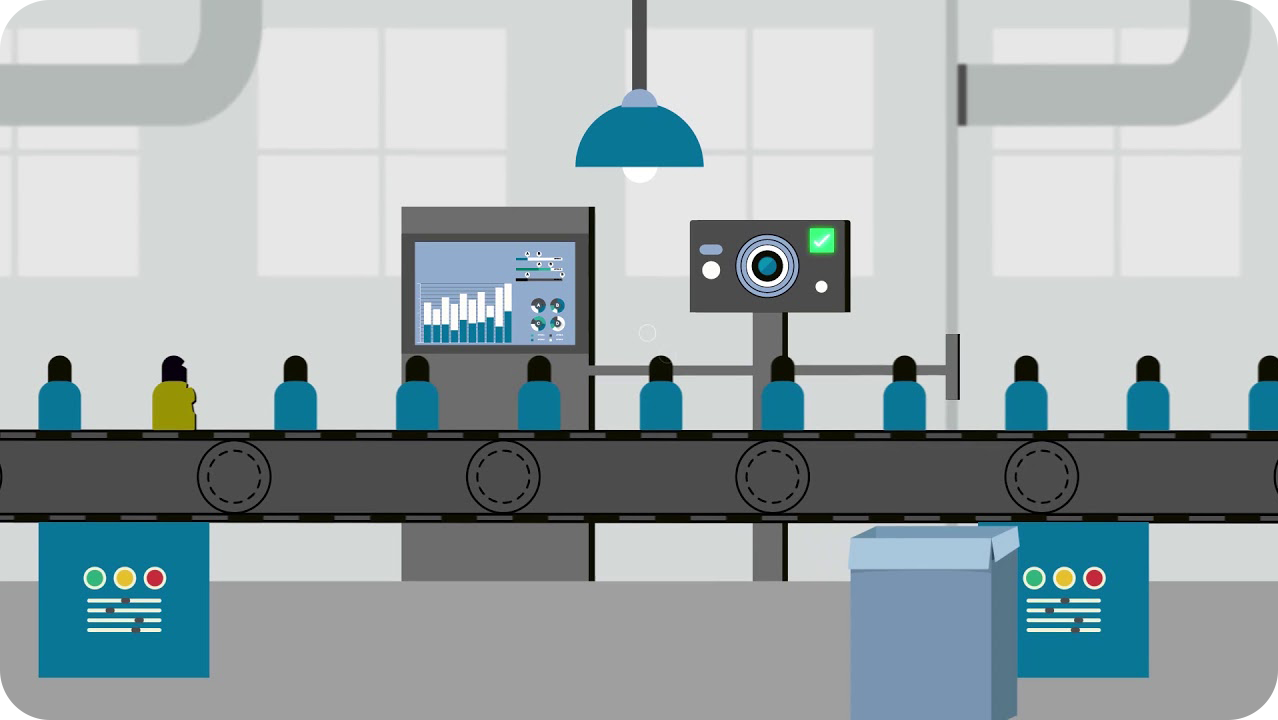
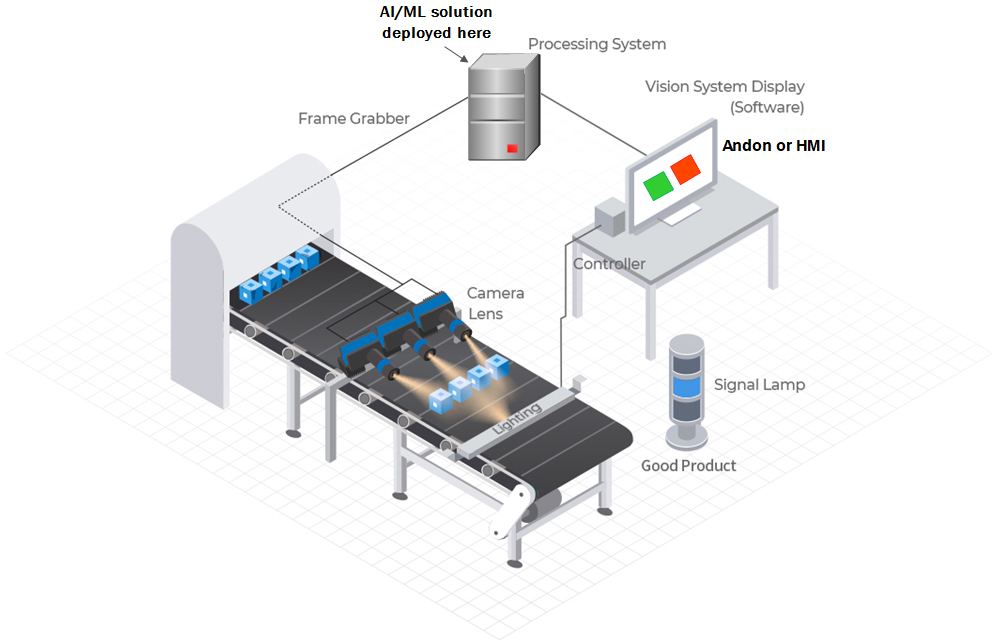
Beyond Traditional Inspection
The Essence of Vision Differential Inspection Vision Differential Inspection is an advanced image-based quality control method that compares real-time product images against predefined standards or reference models to identify deviations and defects. Unlike conventional visual inspection, which often relies on static comparisons and can be limited by human error, VDI employs sophisticated algorithms and machine learning to detect even the most subtle discrepancies with high precision.
Multi-Dimensional Integration: The Pillars of Vision Differential Inspection
Dynamic Comparative Analysis
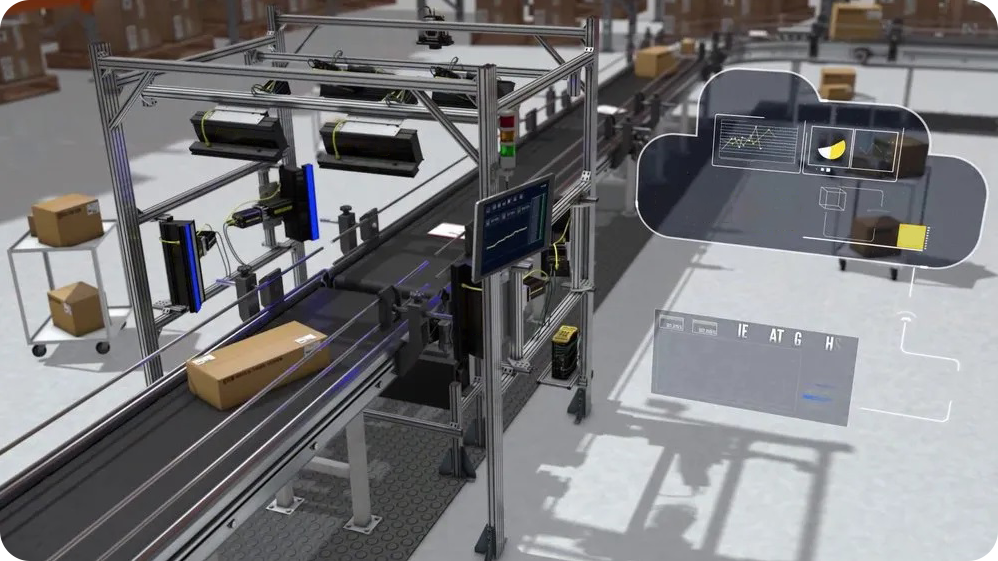
Multi-Spectral Imaging
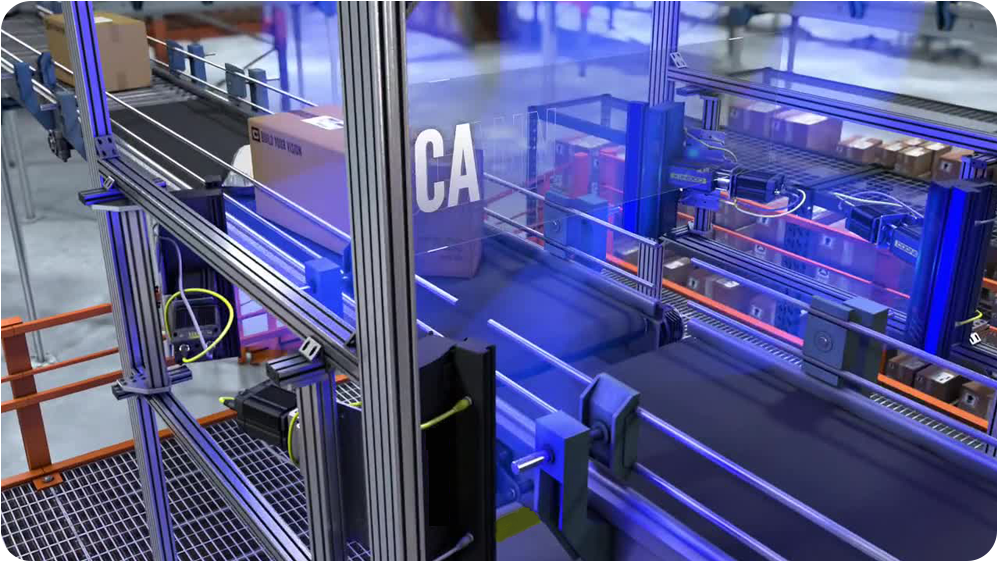
3D Reconstruction and Spatial Analysis
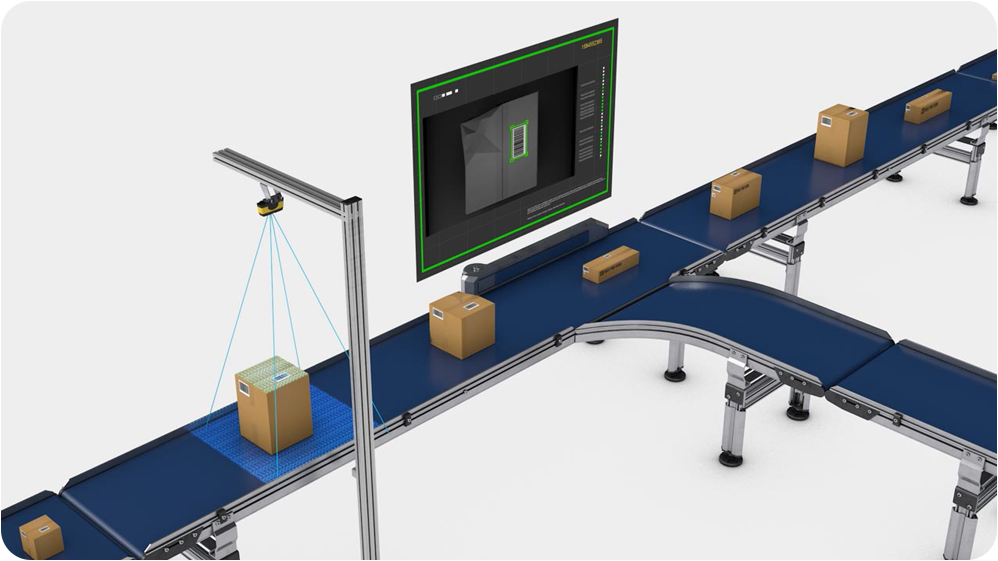
Deep Learning and Artificial Intelligence
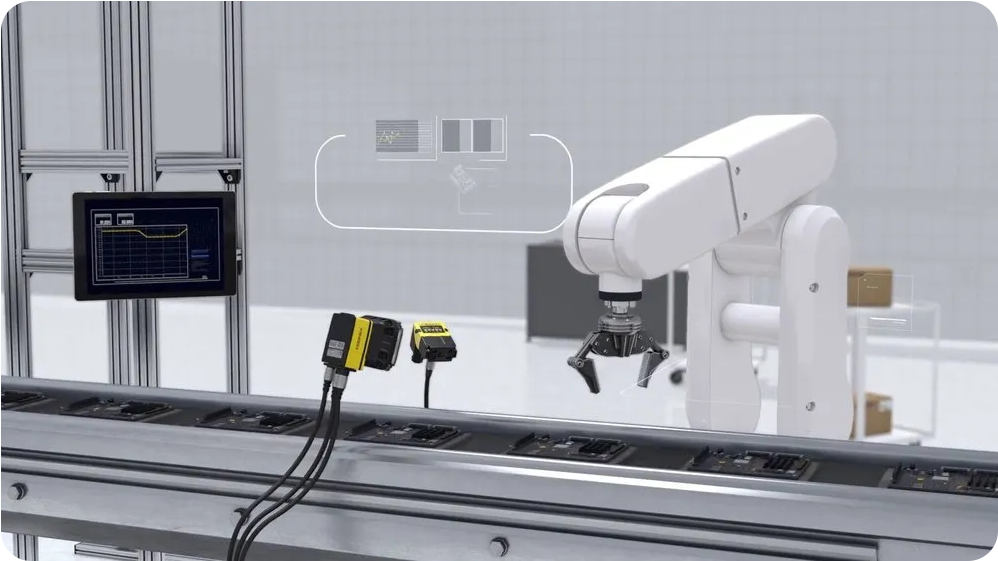
Drive Innovation with Vision Differential Inspection
Scalability Meets Accuracy
With Histom's Vision Differential Inspection, achieve a perfect blend of scalability and precision, delivering consistent, real-time monitoring and quality control across all production processes, no matter the industry. This connectivity allows for:
Real-Time Quality Control and Continuous Monitoring

Cost Optimization and Resource Allocation

Scalability and Customization for Diverse Industries

VDI’s scalability allows it to be tailored to various industries and production environments. Whether for small-scale, high-precision lines or large-scale, high-volume operations, VDI adapts to specific needs. This flexibility ensures optimal quality control across different production scales and complexities.
Future Directions: AI-Driven Autonomous Quality Control
The future of Vision Differential Inspection lies in the integration of AI-driven autonomous systems that can independently manage and optimize quality control processes. These next-generation machine vision systems will leverage advanced predictive analytics, real-time decision-making capabilities, and seamless integration with Industry 4.0 technologies to create fully autonomous manufacturing environments. This evolution will further enhance precision, reduce downtime, and enable proactive quality management, positioning industrial machine vision as a cornerstone of smart manufacturing. For enterprises striving to maintain competitive advantage through superior quality and intelligent manufacturing, adopting Vision Differential Inspection is not just an option—it is a strategic imperative. Embrace the future of quality control with automated inspection and unlock new levels of precision and performance in your manufacturing processes.